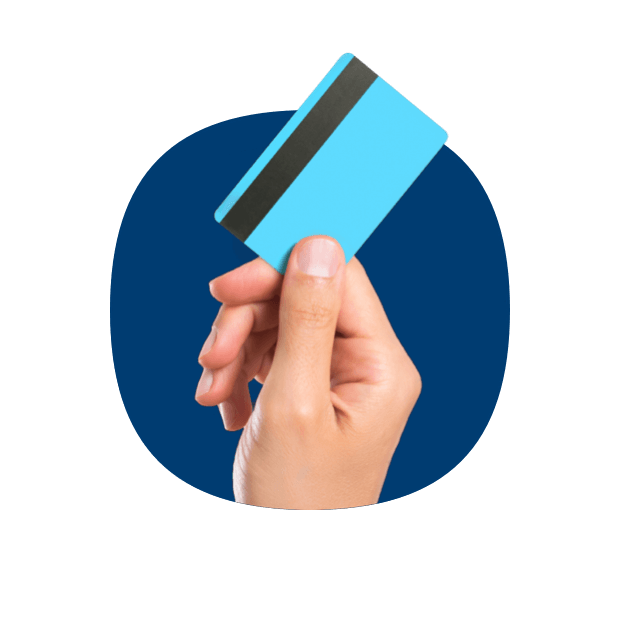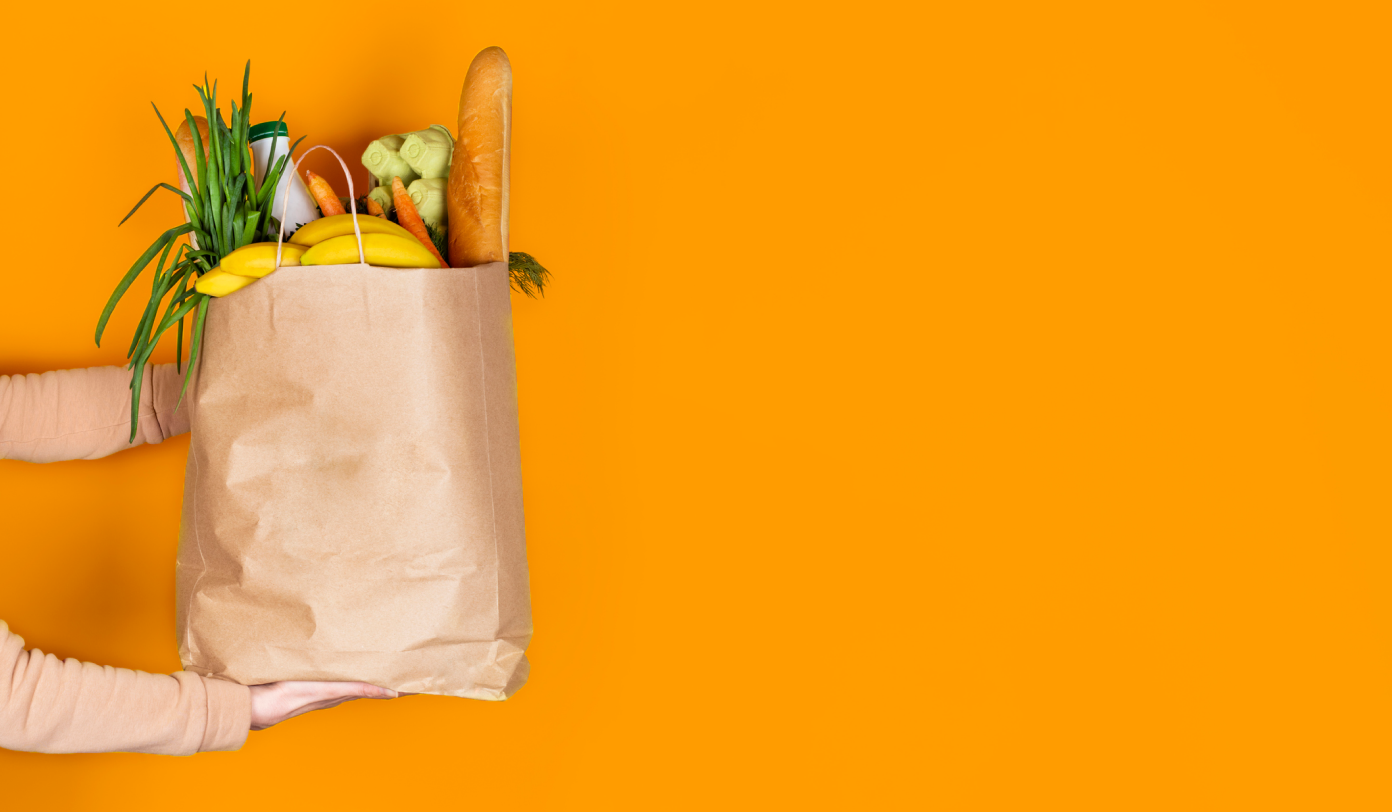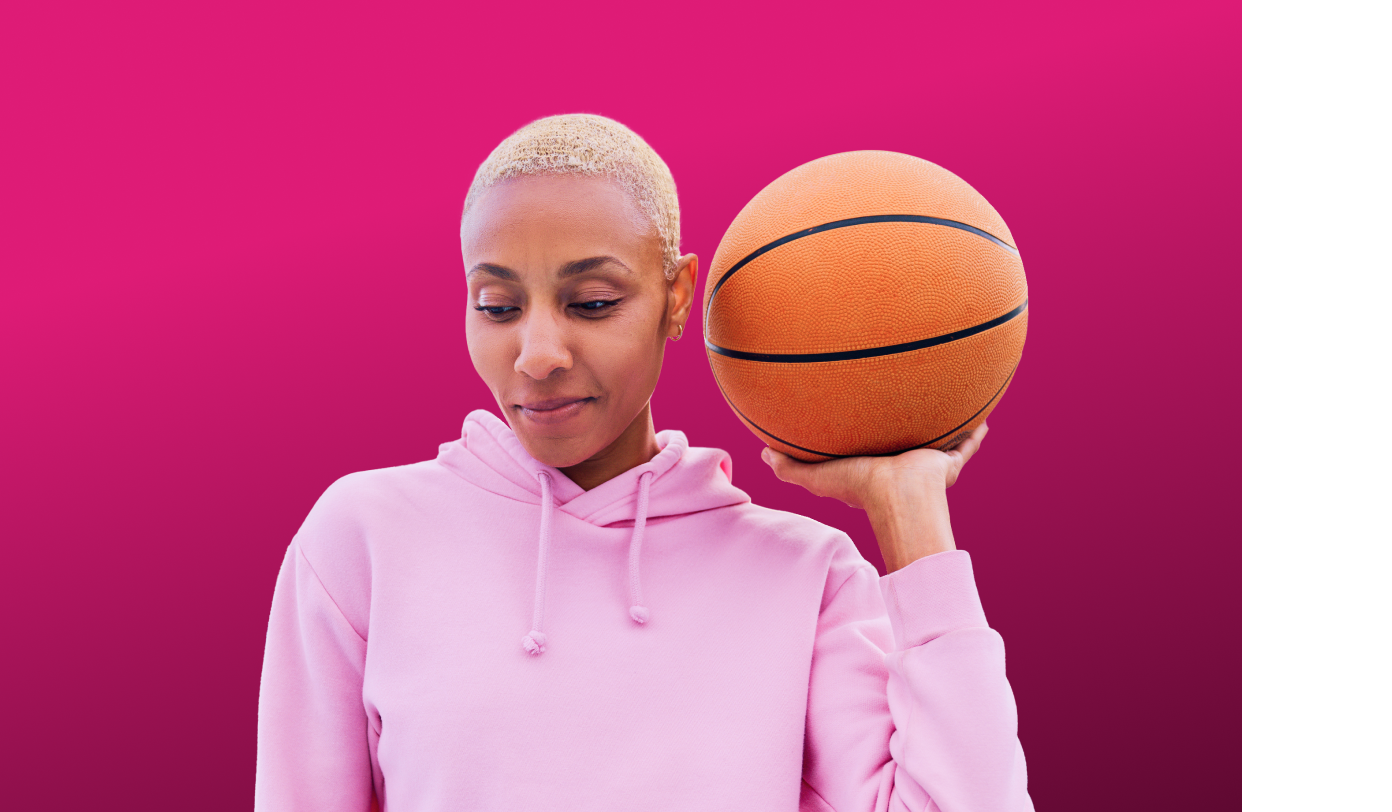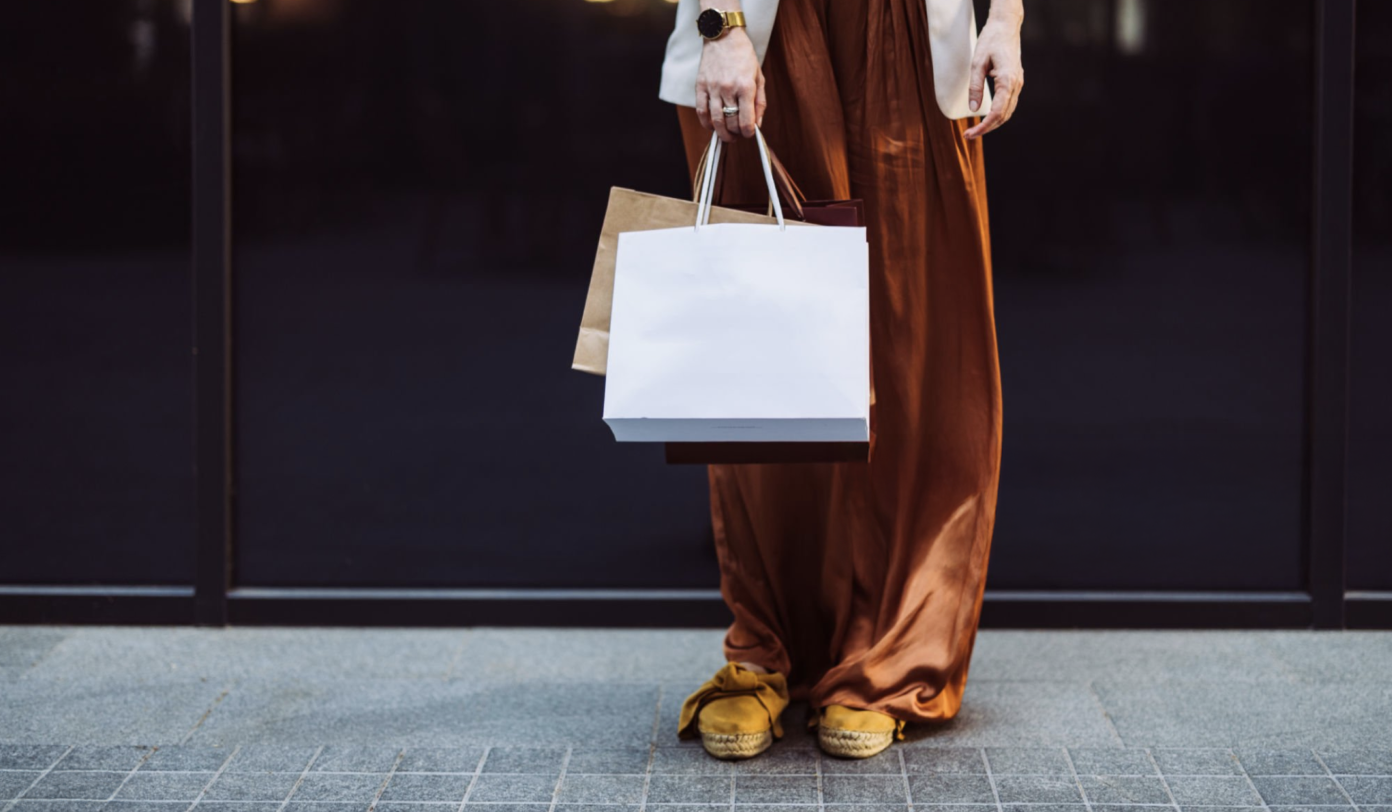When Macklemore’s 2012 single Thrift Shop became a hit, it pushed secondhand shopping into the spotlight; but this wasn’t enough to change people’s general views on it. As a 2013 Time article put it, “apparently, flannel zebra jammies only look good in music videos”.
eBay was turning some heads back then, yet many would still hear words like ‘secondhand’ or ‘thrift’ and think ‘old’ or ‘tatty’.
That’s not the case today. Demand for ‘pre-loved’ clothing soared after this year’s Love Island contestants paraded around it. This amped up #secondhandseptember, a campaign encouraging consumers to buy pre-owned goods for 30 days.
With this trend stepping up, now’s a good time to reflect on how it’s developed, and consider the ways retailers can better cater to today’s growing category of secondhand buyers.
Buying secondhand is no longer taboo
So many factors have helped the secondhand market scale up. For starters, the pandemic demonstrated the value of community, making certain groups more open to the idea of sharing.
More importantly, online resale marketplaces like Depop, Poshmark, and Vinted have made a lot of headway in recent years, giving the sector’s image a fresh coat of paint. Vinted’s “Taking secondhand clothes out of the closet” ad even won Campaign magazine’s 2022 media award for retail.
There’s still work to be done, and the old ‘new is best’ way of thinking won’t disappear overnight, but these awareness campaigns have clearly had an impact.
Year-on-year, there’s been a 12% rise in Americans saying they’re comfortable buying pre-owned items rather than new ones.
And our data highlights just how far we’ve come; a quarter of all online shoppers now buy secondhand.

Plus, while the focus tends to be on clothes, other categories are getting in on the action. IKEA’s buy-back initiative put furniture on thrifters’ radar, and art, books, and electronics are also popular on online marketplaces.
With all this going on, we expect this space to keep on growing. For companies hoping to succeed in it, here are the main things to know about secondhand buyers.
They’re big spenders
Thrift shops started out as places of sanctuary for those in need of affordable items, so it’s easy to assume that those buying pre-owned goods are generally low earners. But this idea doesn’t check out anymore, if it ever did in the first place.
Secondhand buyers are actually much more likely to have high purchasing power (+26%) and to say they buy premium products (+66%) than average. Though, this doesn’t mean they throw their money around; more agree that they spend time looking for the best deals (+18%), a sign they’re strategic with their finances.
This points to a key aspect of the secondhand market: investment pieces. These purchases can be aspirational, vintage, or rare – items like Audemars Piguet watches, for example, which have an average price of £120,000. And many shoppers are on the hunt for these collectibles.
63% of this group buy luxury clothing items yearly, and they stand out for having investments in art, antiques, and gold.
High-end brands tend to be more resilient during recessions as some consumers look for ways to treat themselves or get the most out of their money. Hermes is one that did surprisingly well during the 2008-09 financial crisis, which can be explained by its bags having a limited supply and the ability to grow in value over time.
Platforms like TheRealReal have pushed secondhand indulgences since they started up, and interest in them seems to be creeping up as designer companies raise their prices and cut back on supplies.
The demographic breakdown of this audience will probably change slightly as the cost-of-living crisis worsens and more people start seeking out secondhand bargains. But premium brands in particular have a lot to gain by tapping into this market, and they can use the lessons offered by existing resale platforms – who have been around for longer and come to grips with marketing to this in-demand bunch.
Sustainability is just one piece of the puzzle
In 2021, we looked into the various reasons consumers gave for taking part in Veganuary. It’s usually linked with efforts to save the planet but, while a big part of it, more took part for a personal challenge or for health reasons than environmental ones. And secondhand buyers’ motivations aren’t so different.
In January, 38% of this group said they purchase pre-owned items to reduce their environmental impact, leaving us to fill in the other 62%.
Secondhand buyers skew young and female, and if there’s one thing we know about Gen Z women, it’s that their eco attitudes are complicated. Environmental concerns have motivated many to toy with plant-based diets and pre-loved clothing, but large numbers continue to buy from fast-fashion brands.
It’s often about reducing the number of times they buy new things, rather than putting a complete stop to this behavior, and they’ll often prioritize image over eco-friendliness when making decisions. In fact, more say that lots of “likes” or good comments on social media would most increase their likelihood of purchasing a product than knowing an item or company is environmentally friendly.
Being green is a powerful hook among secondhand buyers and retailers should keep refering to it in their campaigns – especially as these shoppers are more eco-conscious than most and want to impress their followers by making good lifestyle choices; but brands shouldn’t depend on it.
Now that more companies are getting involved, and sustainability is becoming more of a luxury due to inflation, it might not be enough to give players a competitive edge. Luckily, there are other ways for them to stand out.
It’s about the journey, as well as the item
When we asked secondhand buyers to describe how the internet positively impacts their life, they stood out most for saying activism, community/interests, and relationships. Their social media usage is also characterized by apps like Clubhouse, Reddit, and Discord – platforms that open the door for conversation.
As CEO of Depop Maria Raga points out, their site is much more than a place to buy and sell: it’s a “community of like-minded creatives, young entrepreneurs, and sustainable-enthusiasts”, again reminding us that eco activists represent a fraction of all secondhand buyers and their motives.

Many people log onto resale apps to find unique items that’ll make them stand out from the rest and to see what’s trending. Fashionistas, for example, use them to stay on top of what’s in vogue and ahead of mainstream styles.
Retailers exploring rental, resale, or take-back schemes could therefore benefit from building a space for their customers to gather and share.
This is something resale platforms do very well; those who use Vinted are even called Vinties, while Poshmark users often refer to themselves as Poshers.
Ownership is less important among secondhand buyers, but they still need to feel comfortable borrowing and buying from each other, and a strong sense of community is the solution.
H&M’s rewear site, Pretty Little Thing’s online marketplace, and ASOS’s vintage boutique forum are all a nod in this direction, and there’s scope to take this further.
Brands can tap into their creative energies
Another thing secondhand buyers love are opportunities to get creative. Over a third are interested in handicrafts; and in January, searches for ‘upcycled’ and ‘repair kit’ rose 40% and 21%, respectively, on eBay compared to the month before.
As more search for one-of-a-kind pieces and aim to give their possessions a second lease of life, they’re learning to restyle and upcycle them.
When DIY clothing took off during lockdowns, companies like Alexander McQueen and Dior set up Instagram tutorials or challenges in the hope of inspiring fans to do exactly that. And others can keep this enthusiasm alive, especially now many consumers consider themselves creators or make a living from their hobbies.
PLT’s marketplace even showcases each month’s top sellers and creators, which is just the kind of recognition these buyers are after.

As a group, they want to be inspired and put to the test, and anything that improves their online image or reputation stands to do well.
Along with democratizing video production, apps like TikTok gave aspiring designers a platform, and secondhand buyers are seizing the day. Compared to other TikTok users, they’re twice as likely to have participated in a brand’s hashtag challenge in the last month.
So, the circular movement not only incentivizes companies to sell their old stock to customers, it gives them the chance to work more closely with creators and use their insight to build new products around upcoming trends.
Those able to empower their followers or teach them something new are ultimately set to build the strongest relationships with secondhand buyers – who can style their products in an infinite number of ways, making them relevant to far more people.
‘New’ doesn’t have to mean store-bought
Largely thanks to resale platforms, ‘secondhand’ has taken on a whole new meaning, and today’s buyers reflect this. They’re forward-thinking, imaginative consumers looking to stay ahead of the curve, whether that’s achieved through their fashion choices, eco-decisions, or online reputation.
Going forward, retailers can use the data we have on this group, as well as tips drawn from existing players, to leave their own stamp on this thriving market.
Report
The consumer dilemma
Download now






.webp?width=495&height=317&name=pink_thumb_graphs%20(1).webp)
.webp?width=495&height=317&name=pink_thumb_letter%20(2).webp)
